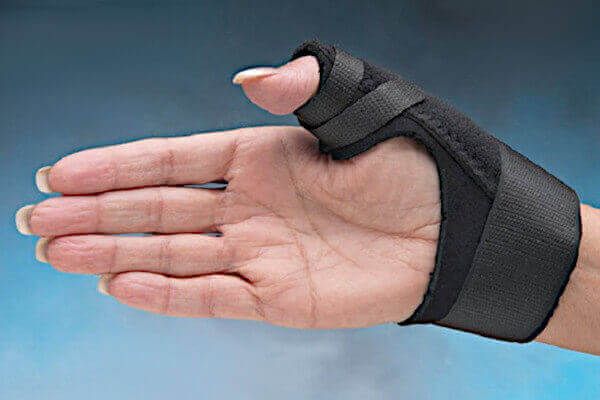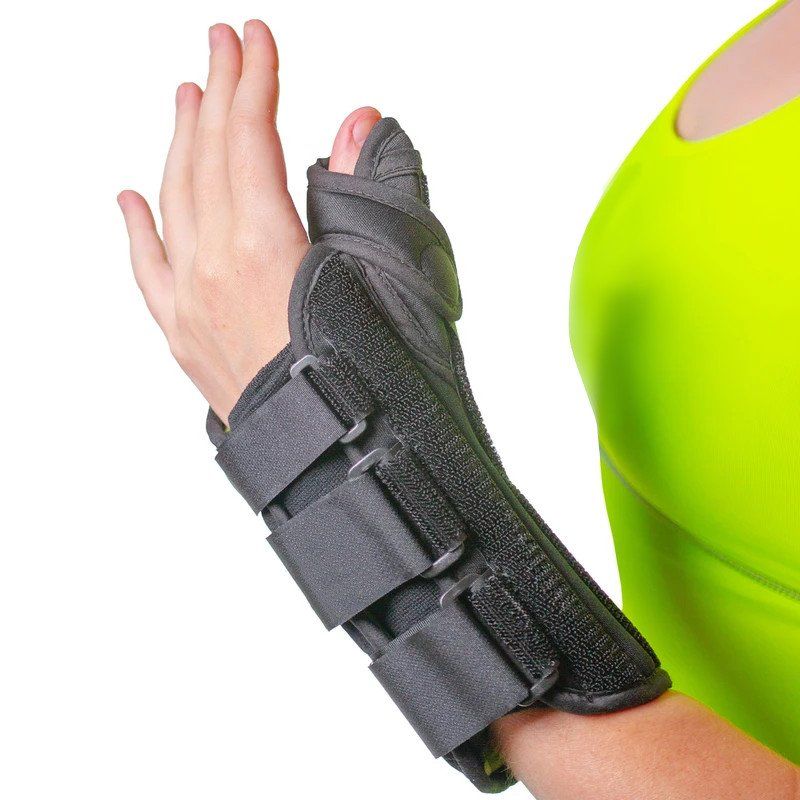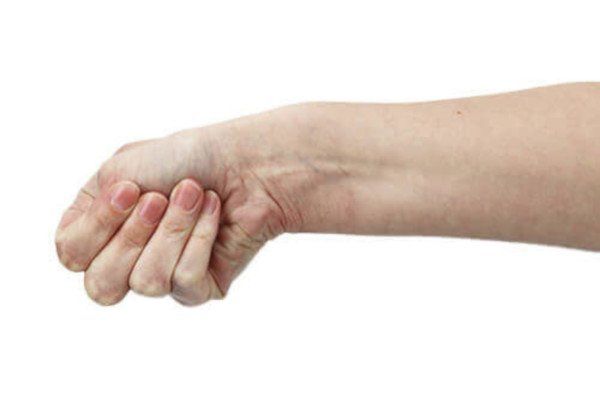What to Look for in a Thumb Splint
Table of Contents
- Overview
- What's a thumb splint for?
- The thumb spica
- Thumb splint for sprains
- Thumb splint for de Quervain’s tenosynovitis
- Thumb splint for carpal tunnel?
- Summary
- FAQs
- About
Overview
A thumb splint is a specialized brace that includes a built-in thumb support, often called a “spica.” It’s commonly used to relieve thumb or hand pain, support healing after injury, or protect the thumb following surgery. The main purpose of a thumb splint is to keep your thumb from moving so the joints, tendons, and ligaments can rest and recover properly. However, not every thumb or wrist problem requires that level of restriction. In many cases—such as mild arthritis, sprains, or de Quervain’s tendonitis—a standard wrist brace provides enough support without limiting normal hand movement.
What’s a thumb splint for?
Almost every thumb splint is essentially a hand brace with added support to the injured thumb. It can be in the form of a brace that restricts all of the fingers or one that restricts only the thumb using a "spica" (technically called a
thumb spica).
The main purpose of this splint is to keep the thumb immobilized while it heals from injury or disease. By far, the most common reason to wear a thumb splint is either for a thumb sprain or for
de
Quervain’s tenosynovitis.
Other conditions that might require a thumb splint are:
- Post-operative
- Osteoarthritis
- Thumb fracture
- Wrist tendonitis
- Gamekeeper’s Thumb
- Skier’s thumb
The thumb spica
Every thumb splint has a thumb spica incorporated directly into the brace's structure. It can be a rigid or semi-rigid extension of the hand brace that specifically supports the thumb.
In medical terms, the spica is an
orthosis, meaning it was designed to keep the thumb stable and in one position. Some braces incorporate a thumb spica specifically for post-surgical rehabilitation or as a substitute for a hand cast. They may include a simple
Velcro-locked spica support or a
lace-up spica.
Several thumb spica types are
bendable
to conform to the angle in a person’s thumb, or as the doctor requires for maximum healing. Newer thumb splints with a spica have a
moldable plastic spine. You can mold and adjust it with a just little heat (from a hairdryer) into the precise shape and angle you need.
Thumb splint for sprains
You can sprain a thumb if you bend it too far, beyond its normal range of motion. Too much bending will disrupt the ligaments that support the thumb.
Beyond their physical limits, ligaments can develop micro-tears. This causes inflammation and swelling – and of course, severe pain.
The most common injuries occur in association with contact sports like football and basketball. The most severe cases require surgery to join completely ripped ligaments in the thumb.
Whether you need a thumb splint for post-surgical support or for support after a minor injury (like a partial tear), the thumb splint with a spica will help keep your thumb from moving excessively. This lets your thumb rest. That rest allows it to mend better in the 4-6 weeks that most thumb ligaments require to heal completely.
Thumb splint for de Quervain’s tenosynovitis
With simple diagnoses now available, it's common today for doctors to identify the condition known as
de Quervain’s tenosynovitis. This is essentially tendinitis at the base of your thumb.
It occurs in one of several ways. It's common with arthritis, after trauma to the thumb, and repetitively and forcefully gripping and releasing objects. If you have this condition, moving your thumb while grasping or making a fist will cause pain.
The
Finkelstein test can determine if you have this condition. Bend your thumb across your palm, then close your fingers over the thumb. Next, bend your wrist toward your little finger. This will cause pain at the base of your thumb if you have de Quervain’s tenosynovitis.
The most severe cases of de Quervain’s tenosynovitis will require surgery. However, in the majority of cases the disorder is treatable with cortisone injections and bracing. A thumb splint with a spica will help rest the thumb while the other fingers can work, if only in a limited way. For maximum benefit you must wear the splint day and night, generally for 4-6 weeks.
Thumb splint for carpal tunnel?
Never use a thumb splint if you have carpal tunnel syndrome. Carpal tunnel is s special disorder which requires a special combination of treatments. One of them is a
certified carpal tunnel brace.
These are braces designed without a metal spine on the palmar surface. Also, you must wear this brace only at night but not during the daytime.
Wearing this special carpal tunnel brace is crucial to properly treating this condition. It is one part of a 4-part regimen which includes
rest & avoidance,
night bracing,
stretching exercises, and
myofascial massage.
Summary
A thumb splint is a special type of splint or brace that immobilizes your thumb. A metal spine (or spica) holds the thumb in a desired position. A thumb splint is usually used for de Quervain’s tenosynovitis or a sprained thumb. Never use one for carpal tunnel syndrome.
FAQs
1. When should I wear a thumb splint—and for how long?
You typically wear a thumb splint when you need to immobilize the thumb to allow ligaments, tendons, or joints to heal (for example, after a sprain or in de Quervain’s tenosynovitis). Most thumb injuries benefit from 4–6 weeks of consistent support, with adjustments depending on severity and progress.
2. Can I still use my fingers while wearing a thumb splint?
Yes. Many thumb splints include a rigid or semi-rigid “spica” that restricts thumb movement while allowing other fingers to move normally. This gives your thumb healing rest without completely disabling your hand.
3. Is a thumb splint appropriate for carpal tunnel syndrome?
No — a thumb splint is not recommended for carpal tunnel syndrome. Carpal tunnel requires a specially designed wrist brace (without a thumb spica) that supports the wrist, typically worn at night.
About






